Raspberry Pi started as a small foundation, but since then it has created several boards and modules, its own “keyboard PC”, peripherals and is starting to develop its own chips. RPi traditionally used memory cards as the storage, but the latest version has NVMe SSD support, so now comes the logical thing to do: Raspberry Pi is releasing its own SSD, although this time it is not in-house product, the module is manufactured externally. Read more “Raspberry Pi releases its own SSD for RPi 5, adds PCIe 3.0 support”
Tag: M.2
Crucial P310: Surprising performance from an SSD with QLC NAND?
QLC NAND SSDs, which have low endurance but should allow for lower prices, have recently been improving in performance more and more, which is the second main criticism of this type of memory. Recently there was the cheap Kingston NV3 SSD, which will apparently feature both QLC and TLC NAND versions, now a new Crucial P310 drive is coming to market. And this module is seemingly the fastest QLC SSD ever to come out so far. Read more “Crucial P310: Surprising performance from an SSD with QLC NAND?”
Intel Arrow Lake chipsets: Z890/B860/H810 specs and differences
We recently covered the I/O capabilities of Intel’s new processors for laptops and the LGA 1851 desktop platform, due to replace today’s LGA 1700 boards and Alder Lake and Raptor Lake processors in October. However, that was the full features that apply to the more pricy boards based on Z890 chipsets. But Intel will once again resort to segmentation and the cheaper boards will be cut down in various ways, sometimes by quite a bit. Read more “Intel Arrow Lake chipsets: Z890/B860/H810 specs and differences”
Gigabyte SSD brings back SLC NAND, lasts 109,500 write cycles
The boom (or bubble?) around AI has brought many things, and among them interesting news for those missing SSDs based on MLC and SLC NAND Flash which was more pricy but had better performance and crucially, much longer lifespan so you didn’t have to worry about wearing out the SSD. That said, Gigabyte is launching an SSD that is officially designed for AI applications, but not just for them – its main asset is precisely SLC recording. Read more “Gigabyte SSD brings back SLC NAND, lasts 109,500 write cycles”
GeForce RTX 4060 Ti with M.2 slot launched, can use PCIe 5.0 SSD
Some GPUs in current gaming graphics cards use just eight PCIe lanes instead of the whole ×16 interface. This includes cards like the Radeon RX 7600 and also the GeForce RTX 4060 and 4060 Ti. Asus recently came up with an idea to make use of the extra lanes that would go to waste such a GPU, and made a graphics card that gets some utility out of of the excess lanes, using them to connect an SSD and provide an extra M.2 slot. Read more “GeForce RTX 4060 Ti with M.2 slot launched, can use PCIe 5.0 SSD”
Corsair’s MP700 Pro Gen5 SSD delivers up to 12.4 GB/s speeds
When SSDs using PCI Express 5.0 technology came to market, most models available delivered sequential speeds of “just” around 10 GB/s. The Phison E26 controller used is supposed to reach up to about 12.5 GB/s, but it turned out that with most of the NAND available on the market it only reaches that lower level bar between 9500 – 10 000 MB/s. Fortunately, things are getting better and the 12.5GB/s drives promised a year ago are coming. Read more “Corsair’s MP700 Pro Gen5 SSD delivers up to 12.4 GB/s speeds”
Asus puts M.2 SSD on GeForce RTX 4060 Ti to make use of PCIe ×16
There’s more and more graphics cards that don’t use the full width of PCI Express ×16 slot and run with just eight lanes to cut GPU die area and cost. This usually renders the remaining eight lanes useless, but Asus has now come up with an idea to make them useful. They still won’t be usable for the graphics card itself, but at least they’ll find some use. It could come in handy on A620 boards with a shortage of M.2 slots, for example. Read more “Asus puts M.2 SSD on GeForce RTX 4060 Ti to make use of PCIe ×16”
Beware: counterfeit Samsung SSD 980 Pro are selling in China
When you shop on auction servers or Chinese internet “marketplaces”, you are at risk of counterfeit hardware. There have been and still keep being sold counterfeit graphics cards (that usually contain old and worthless GPUs), but also processors. And now, apparently, we are getting counterfeit NVMe SSDs. They also appeared in China and are while they are quite sophisticated, you won’t get the desired features and performance. Read more “Beware: counterfeit Samsung SSD 980 Pro are selling in China”
PCIe 5.0 SSDs have started selling. The first models use a fan
When PCI Express 4.0 first appeared in desktops in 2019, SSDs started to use it virtually right away. On the other hand, PCI Express 5.0, available from autumn 2021 on the LGA 1700 platform and from autumn 2022 on AM5 boards, has suffered a disappointing lack of any SSDs till now. But they are finally here now. Corsair has shown its first PCIe 5.0 module, which however raises some concerns by including a cooling a fan. Read more “PCIe 5.0 SSDs have started selling. The first models use a fan”
Intel Raptor Lake and Z790 platform will lack PCIe 5.0 for SSDs
Curiously, even though Intel Raptor Lake CPUs are only three months away, there’s virtually no word on the 700-series chipsets and motherboards that should come with the new CPUs. Last week, however, a leaked document was posted on the Internet, in which Intel introduces the Raptor Lake platform, the CPU and the new chipsets. The most surprising bit is that the new boards won’t bring the one feature that was most expected of them. Read more “Intel Raptor Lake and Z790 platform will lack PCIe 5.0 for SSDs”
The era of PCI Express 5.0 SSDs will begin in Q3 2022
Several SSDs using PCIe Express 5.0 have already been unveiled. So far though, these have been only announcements of products with no store availability information given whatsoever. Teamgroup has also announced their PCIe 5.0 SSDs now, but in this case, the company has shared when are they supposed to come to market. Thanks to this, it’s finally becoming clear when will you have a chance to make Alder Lake’s PCIe 5.0 useful. Read more “The era of PCI Express 5.0 SSDs will begin in Q3 2022”
Patriot P400 with Innogrit controller: just 2.5W PCIe 4.0 SSD
Patriot P200 SSD was a notable SATA drive a few years ago, with 1 TB capacity for cheap and decent performance despite being DRAMless. After the NVMe switch with P300, this lineage has produced another interesting SSD: Patriot P400, with the 4 in the name indicating a move to the PCI Express 4.0 interface. For users with suitable motherboards, P400 could prove to be very intersting SSD, and one of the most power efficient yet. Read more “Patriot P400 with Innogrit controller: just 2.5W PCIe 4.0 SSD”
PCIe 4.0 SSD Patriot Viper VP4300: new controller and two coolers
Patriot is releasing the 2nd generation of their NVMe SSD with PCIe 4.0 interface. The Viper VP4300 boasts a speed of up to 7,400 MB/s and is powered by a so far little-used controller by a new brand – InnoGrit. But it also comes with a interesting cooling solution: it’s fitted with a thick aluminum heatsink for normal desktop use, but a thin copper heat spreader is also included for laptops or SFF PCs, so you’ll get the equipment for both scenarios. Read more “PCIe 4.0 SSD Patriot Viper VP4300: new controller and two coolers”
What’s the best position for your M.2 SSD?
Graphics card can significantly contribute to cooling of SSD that are installed next to it. However, there’s a very thin line between helping and limiting. Let’s see when your graphics card can be a saviour for your SSD and when it’s an oppressor. As a bonus, we compared the cooling performance with and without the criticised MSI M.2 shield. Read more “What’s the best position for your M.2 SSD?”







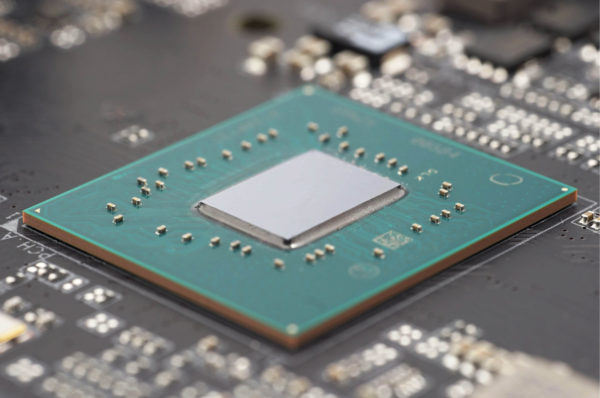

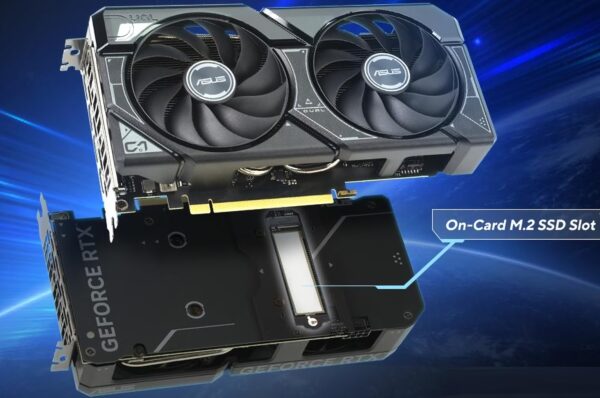
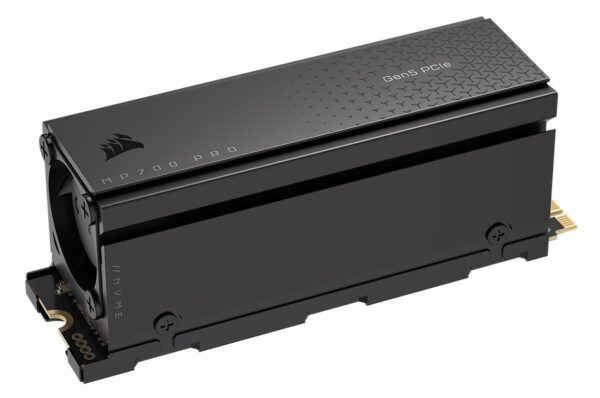
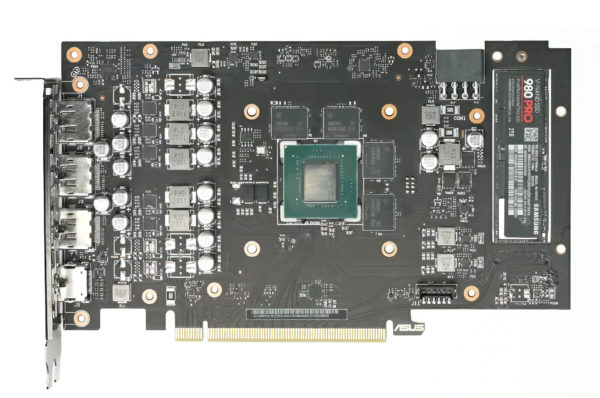
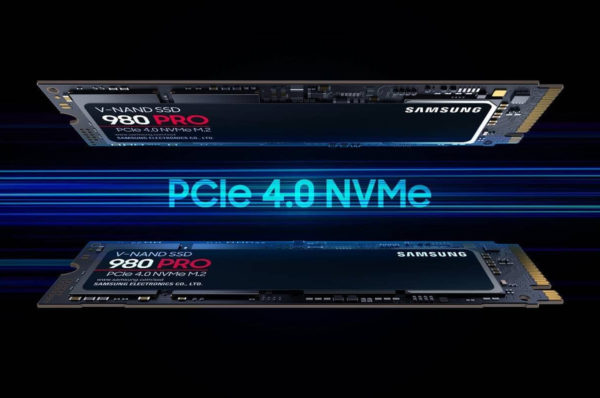
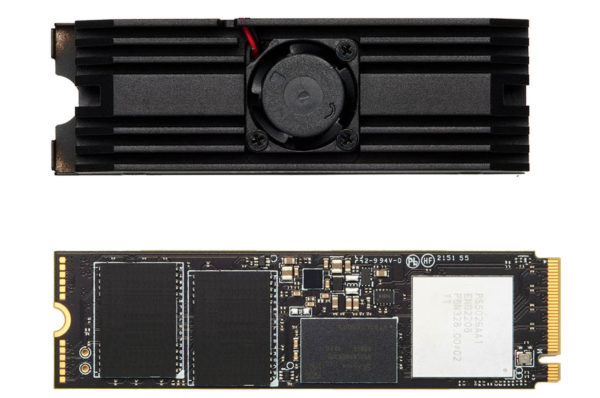
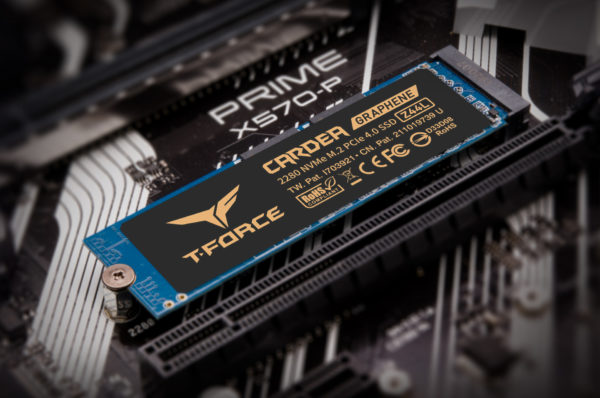
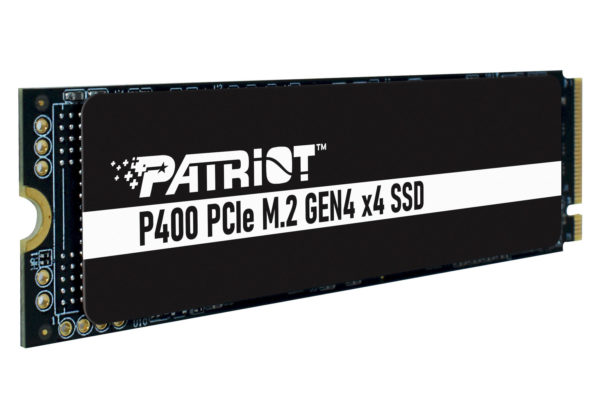
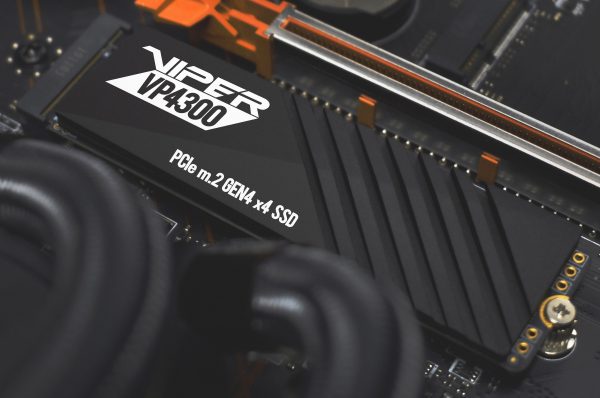
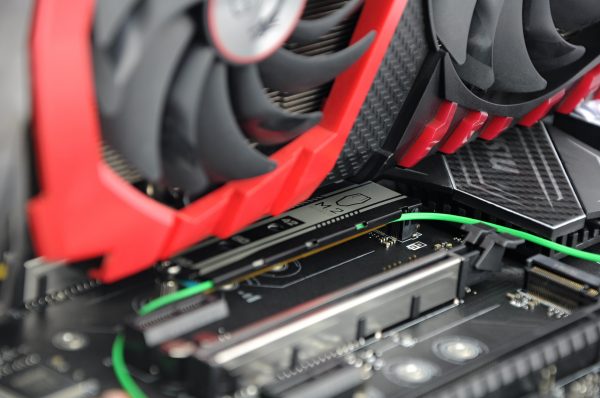

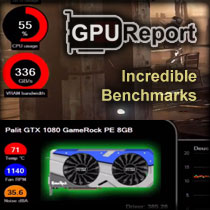

Latest comments